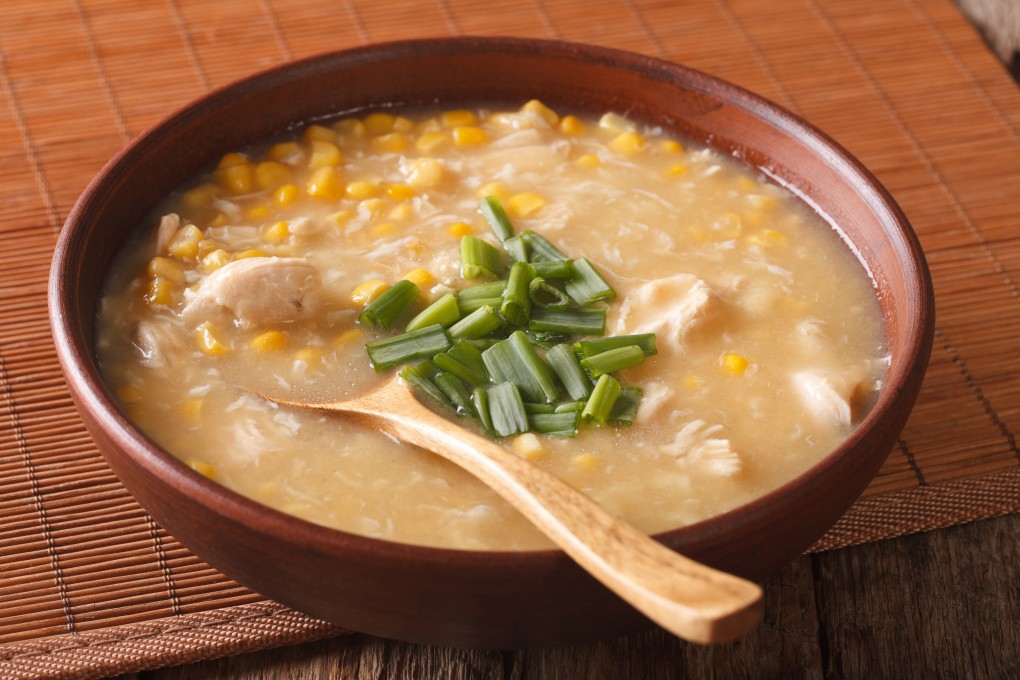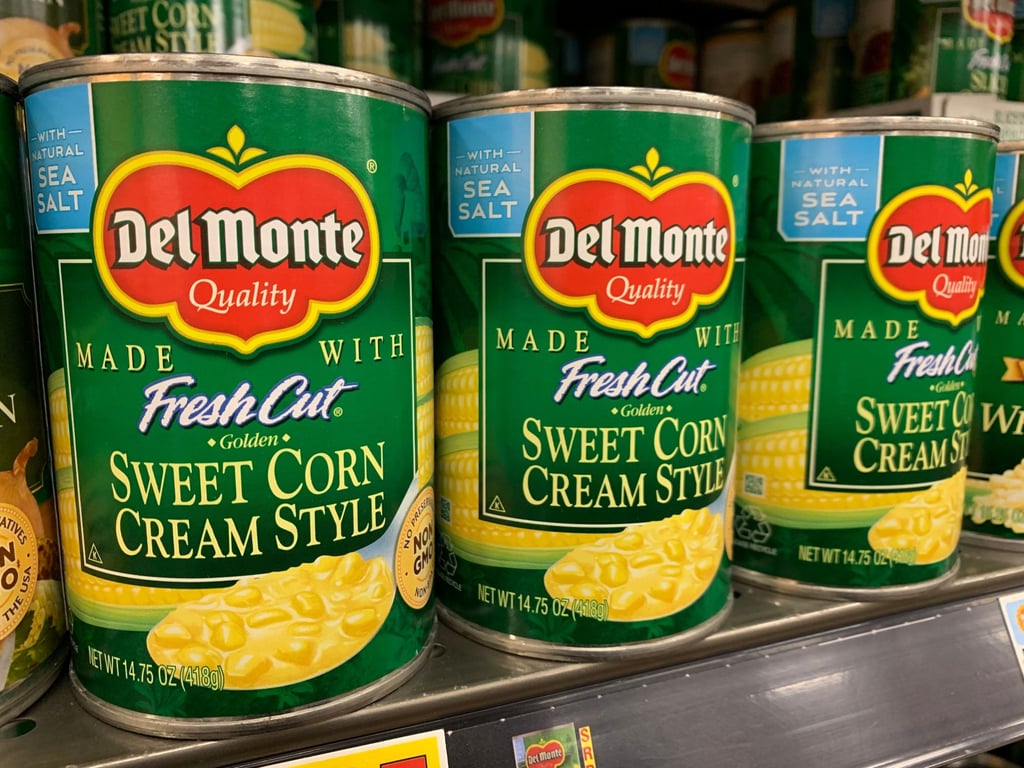As iconic as chicken noodle soup: why canned cream-style corn has a forever place in Cantonese cuisine, and in people’s hearts and stomachs
- In a soup or over rice, canned creamed corn has become something of a nostalgic comfort food for many Hong Kong people and fans of Cantonese cuisine
- Canned creamed corn can be traced back to the American Midwest and appears everywhere, from school canteens to Michelin-star restaurants

There are some dishes that stir up true nostalgia, even when we are not sure when or where they originated. For me, it’s sweetcorn soup and sweetcorn sauce on rice, an interchangeable duo that has seen me through several milestones in life.
Sweetcorn soup was the first dish I ever made for myself, unattended, when I was about 10 or 11 years old and had a hankering for an after-school snack.
Perhaps based on loose instructions from my dad – the cook of the family – I opened a can of Del Monte creamed corn and dumped the contents into a pan. I then filled the can halfway with water and poured that in, stirring to loosen the sweet, gloopy mixture.
In went a generous spoonful of Knorr’s chicken powder – the MSG of choice at the turn of the 20th century in Hong Kong – as well as a three-second pour of evaporated milk to amp up the cream factor. Don’t ask me why, but it was always three seconds’ worth: no more, no less.

Once the soup had come to the boil, I turned down the gas to a bare simmer and got cracking on the egg, whisking it up with chopsticks, then slowly drizzling it into the gently bubbling cauldron from a great height.